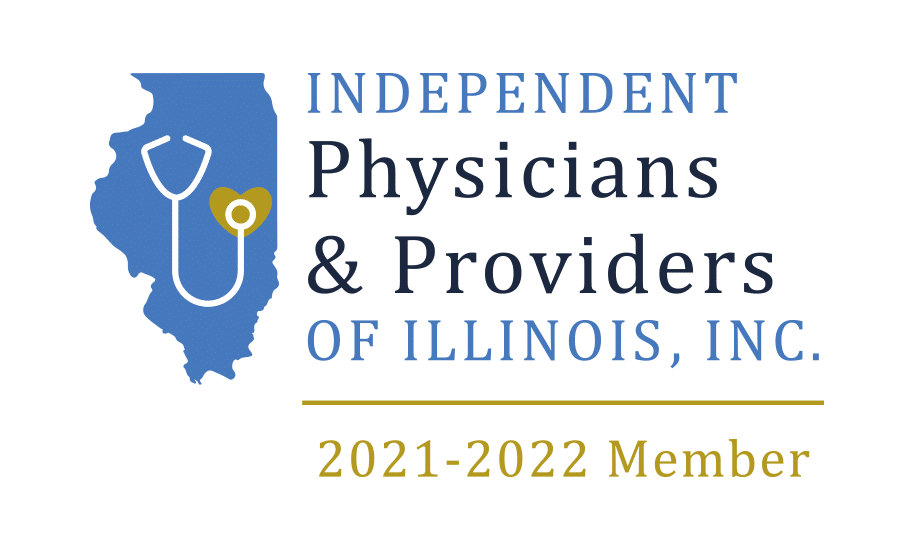Platelet Rich Plasma
Platelet-rich-plasma (PRP) injections use components of the body’s own blood to stimulate healing. Platelets, which are usually associated with coagulation (clotting), are also, according to recent research, able to assist in mending and strengthening damaged tissue by increasing certain growth factors. During the normal healing process, the body uses platelets to promote new-tissue growth and repair injuries. By supplementing platelet content, the healing process is accelerated. There is ongoing research on the efficacy of PRP injections, and some medical professionals remain skeptical about their value.
Conditions Treated with Platelet-Rich-Plasma Injections
Platelet-rich-plasma injections can be used to treat a wide range of orthopedic conditions, including the following:
PRP therapy is also used to promote rapid healing after nonorthopedic surgeries, including cosmetic ones.
Benefits of Platelet-Rich-Plasma Injections
There are several benefits to PRP therapy. They include the fact that the platelet-rich plasma being injected is autologous (comes from the patient), so there is no risk of cross-reactivity, immune reaction or disease transmission. It is also minimally invasive (unlike surgery), and facilitates healing (unlike corticosteroids).
The Platelet-Rich-Plasma-Injection Procedure
During the PRP-injection procedure, which usually incorporates ultrasound imaging, a small amount of blood is withdrawn from the patient. This blood is processed in a centrifuge to separate its various elements, and concentrate the platelets. The resulting plasma is up to five times more concentrated with platelets than “natural” blood. Once concentrated, the platelets are loaded, along with some of the patient’s whole blood, into a sterile syringe, and injected into the patient.
The procedure is usually performed under local anesthetic in a physician’s office. A typical patient experiences little or no discomfort from the injection, but the injection site is usually inflamed and sore for about 48 hours. Taking pain medication and applying ice are recommended.
Most patients require one to three PRP injections, about 4 to 6 weeks apart, in order to achieve optimal results. Occasionally, a fourth injection is necessary. Typically, by the fifth day after an injection, the patient has a significant reduction in pain, and can begin physical therapy.
Risks of Platelet-Rich-Plasma Injections
Although PRP injections are generally safe and effective, sterilization is of great importance. There is a slight chance of infection or blood clots, and the remote possibility of allergic reaction.


